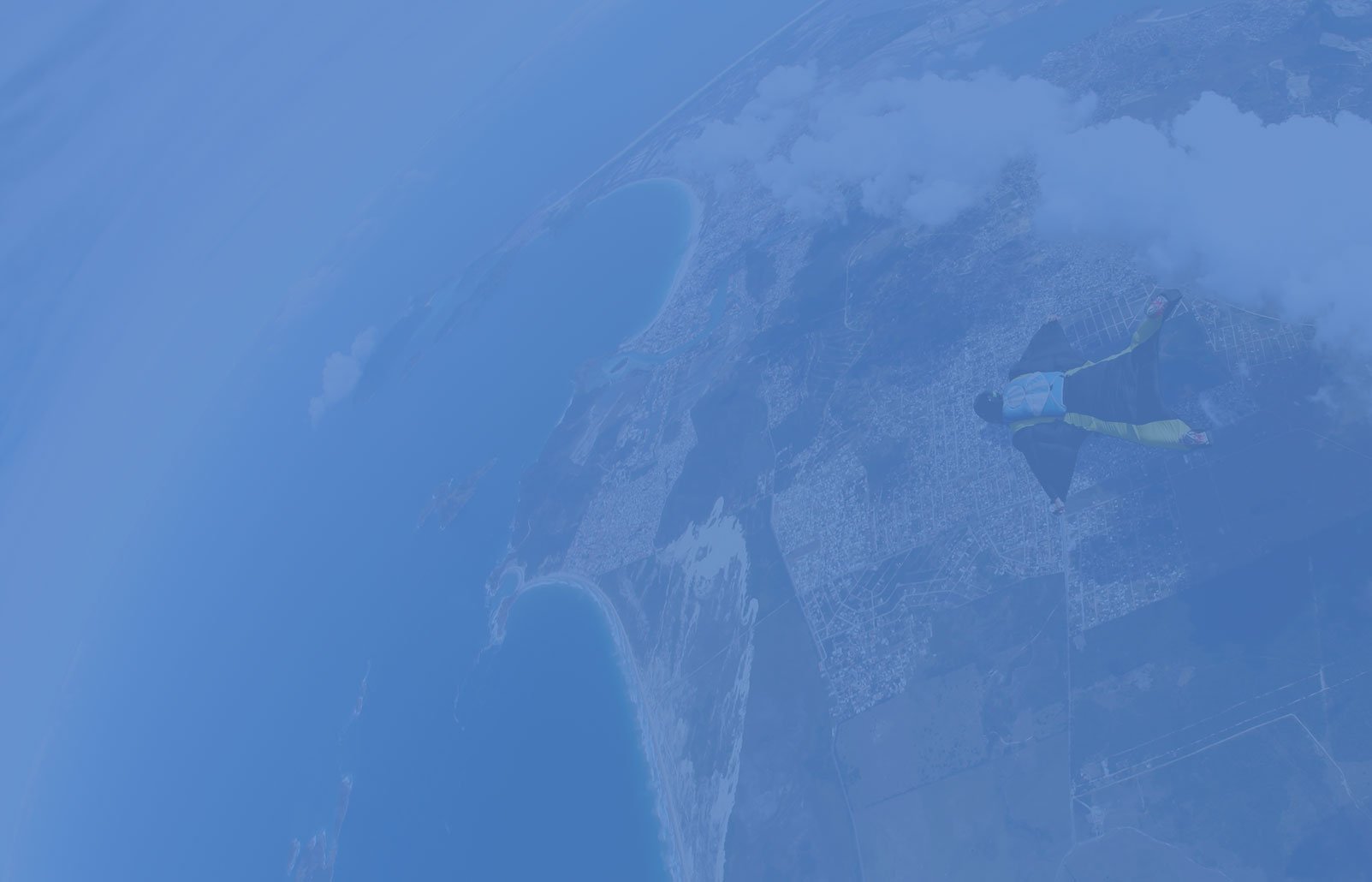“Pay-to-play” pitches come through our work emails all the time, typically after a Business Wire release that includes the contact name of someone at the agency. “We saw your recent news and wanted to let you know we’ve shortlisted your (client’s) company for an exclusive ‘Top 10 List’ in XXX industry.”
We hate that !@#*
Our clients often are copied on the email and want to know if we’ll explore this opportunity. Typically, the fine print reveals a “symbolic” fee or some other pay-to-play setup that might range from $2,000 to $50,000 to participate (and for publications that have no credible circulation).
 Still (and as a former reporter at Computerworld, I almost feel uncomfortable writing this), in today’s media landscape, there is a time and place for paid content or fee-based analyst relations.
Still (and as a former reporter at Computerworld, I almost feel uncomfortable writing this), in today’s media landscape, there is a time and place for paid content or fee-based analyst relations.
Analyst Relationships
Industry analysts work hard keeping abreast of trends and products or technologies. Sure, they will take briefings for free in areas they need to know about. But they also don’t have the potential ad revenues of their media colleagues to offset their salaries.
Analyst relationships can get very pricey very quickly, however. For huge companies, that’s probably not a terrible burden, and they’ll gain lots of great value from that relationship. For startups and smaller companies, though, analyst engagement fees could quickly consume their marketing budgets.
Just like a budget car buyer might skip the vehicle with all the latest bells and whistles, smaller companies will bypass the “platinum” package that might include speaking sessions at the analyst group’s conference or inclusion in multiple reports each year and unlimited analyst briefings. Rather, they should look to a more stripped-down version with fewer briefings, less analyst time, and a lower cost. But even these packages may be out of reach. When that’s the case, they can explore one-off opportunities that help build solid rapport with the analyst such as paying the analyst to write a report on your product or service, or conducting a survey of potential prospects, or even hosting a coffee break or after-hours beer party at the analyst’s conference.
Paying for Press:
Today’s press faces a slew of challenges they didn’t face a decade ago when they could rely on print ads in their print publications. Today, online ads rule, but many publications also supplement their budgets by “selling” editorial opportunities.
“Advertorials,” a hybrid of an article and an advertisement allows the purchaser a say in the article being printed. While it’s clearly labeled as advertorial or sponsored content, most publications provide guidance on what’s acceptable and what’s not and help ensure the result remains credible.
Paid article placements are like advertorials, but have even stricter guidelines. The publication may accept, for instance, a package of five articles over the course of a year for $2000. These are typically blog or opinion-type articles, with your company’s CEO, CMO, CTO or another high-ranking official listed as the author. Paid article placements typically cannot be overly promotional (but most publishers allow some leeway in using the company’s products or services as examples to serve the story being told if it’s applicable). The publication may also allow unlimited sharing of the piece once it’s been published (that’s something to work out in advance of signing any contracts).
One of the other options is becoming a member of a publication’s readers’ forums. This option typically comes with a fairly reasonable cost (often less than $2,000 per year) for opportunities to contribute non-promotional content (thought leadership articles) and perhaps even to be part of a resource panel that editors and reporters can contact when they are working on articles withing the panelist’s areas of expertise. The Forbes Technology Council is a great example of this type of credible engagement.
Choose Wisely
Pay-to-play isn’t going away anytime soon but picking and choosing wisely when and whom to pay is what’s important. Give us a shout and we can steer you in the right direction.







